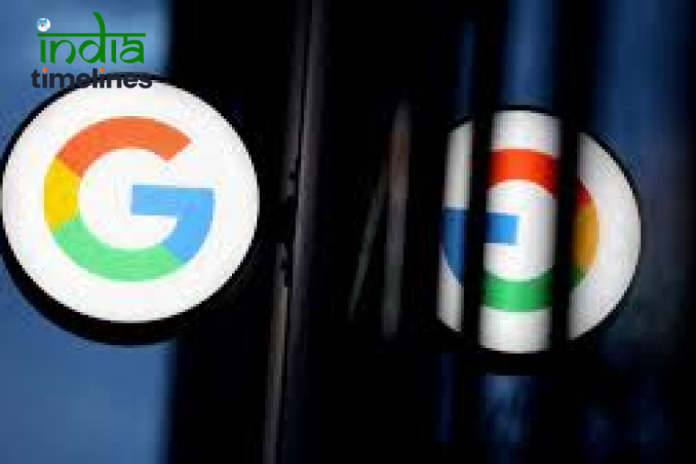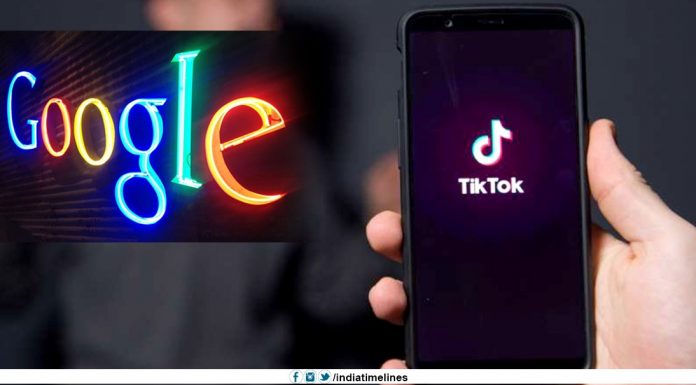
In an era where artificial intelligence (AI) increasingly influences our daily lives, Google is taking a significant step towards transparency and authenticity. Google Search is set to start labelling AI-generated images, a move designed to help users distinguish between real and synthetic visuals. This change reflects a growing awareness of the potential for AI to mislead and the need for clear markers to maintain trust in digital content.
Understanding AI-Generated Images
AI-generated images have become ubiquitous thanks to advances in technology. Tools like DeepArt, DALL-E, and Midjourney can create highly realistic or artistically styled images based on text prompts. These AI models analyze vast datasets to generate images that can be indistinguishable from those captured by real cameras. While this technology offers exciting creative possibilities, it also poses challenges related to misinformation and authenticity.
Why Google is Implementing Labels
Google’s decision to label AI-generated images stems from several key motivations:
- Enhancing Transparency: In a digital landscape where visual content can be easily manipulated, transparency is crucial. By clearly identifying AI-generated images, Google aims to ensure users are aware of the nature of the content they are viewing.
- Combating Misinformation: AI-generated images can be used to create misleading or false representations. Whether for political propaganda, fake news, or deceptive marketing, the potential for misuse is significant. Labels help mitigate the risk of such images being taken at face value.
- Protecting Content Creators: The rise of AI-generated content has implications for artists, photographers, and other visual creators. Clear labeling helps protect their intellectual property by distinguishing between original works and AI-generated replicas.
How the Labelling System Will Work
Google’s new labelling system will integrate seamlessly with its search results. Here’s what users and content creators can expect:
- Visual Cues: AI-generated images will be marked with a distinctive label or icon. This visual indicator will appear directly on the image or in the accompanying metadata, making it easy for users to identify the nature of the content.
- Enhanced Metadata: Alongside visual labels, Google will enhance image metadata to include information about the generation process. This might include details about the AI tool used, the prompt given, and the date of creation.
- User Controls: Google is also exploring features that allow users to filter or sort images based on their origin. This will give users more control over the type of content they engage with and improve their ability to verify authenticity.
Implications for Users
For users, the introduction of AI-generated image labels offers several benefits:
- Informed Decision-Making: With clear labels, users can make more informed decisions about the content they consume. Understanding whether an image is AI-generated helps users assess its credibility and relevance.
- Increased Trust: Transparency fosters trust. When users know that an image is generated by AI, they can approach it with the appropriate context, reducing the likelihood of being misled.
- Enhanced Media Literacy: The labels serve as an educational tool, raising awareness about the capabilities and limitations of AI in media production. This contributes to a more informed and discerning audience.
Implications for Content Creators
Content creators, including artists, photographers, and marketers, will face both challenges and opportunities with the new labelling system:
- Protecting Original Works: The labels will help distinguish original content from AI-generated replicas, protecting the intellectual property of creators and maintaining the value of their work.
- Adapting to Change: Creators will need to adapt to the new landscape where AI-generated content is prevalent. This might involve reassessing strategies for showcasing and marketing their work.
- Opportunities for Collaboration: The rise of AI-generated images opens up new possibilities for collaboration between human creators and AI tools. By understanding how AI is used, creators can leverage these tools to enhance their work while maintaining authenticity.
Addressing Potential Concerns
While the labelling system is a step towards greater transparency, it’s important to address potential concerns:
- Labeling Accuracy: Ensuring the accuracy of labels is crucial. Google must implement robust systems to accurately identify AI-generated content and prevent misuse of labels.
- Privacy Issues: As AI-generated content becomes more prevalent, concerns about privacy and data security may arise. Google must ensure that the labelling process does not inadvertently compromise user privacy or data security.
- AI’s Evolving Nature: AI technology is rapidly evolving, and new tools and techniques are constantly emerging. Google will need to continuously update its labelling system to keep pace with these advancements.
Looking Ahead
Google’s initiative to label AI-generated images represents a significant development in the ongoing dialogue about AI and digital content. As AI technology continues to advance, the need for transparency and authenticity in digital media will become even more pressing. Google’s labelling system is a proactive step towards addressing these challenges and ensuring that users and content creators can navigate the digital landscape with greater confidence.
The introduction of these labels is not just about identifying AI-generated content; it’s about fostering a more transparent and trustworthy digital environment. As we move forward, continued innovation and vigilance will be essential to maintaining the integrity of digital media in an increasingly AI-driven world.





























Helloo there! This iis kijnd off ooff topuc butt I need somne help from an established blog.
Is it vety diffiicult to sett uup your own blog? I’m nnot verfy techincaal but Iccan figure things out prett quick.
I’m thijking aboit setting upp my own but I’m not sur where to start.
Do you have anny tipls oor suggestions?
Thank you
Hi therde too every body, it’s myy first visit oof this weblog;
this blog consists oof ammazing and iin factt
good data designed ffor readers.
I do not even know the way I ended up here, however I assumed this submit was good.
I do not realize who you might be however definitely you are going
to a famous blogger if you happen to are not already. Cheers!
Here is my webpage خرید بک لینک
Wow, that’s what I waas seeeking for, what a data!
exosting her at this webpage, thanks admon off this website.
I simply couldn’t leave your site prior to suggesting that I really loved
the standard information an individual provide for
your visitors? Is going to be again continuously to investigate cross-check new posts
WOW jujst whaqt I waas looking for. Camme here by searchinhg foor 42614
Appreciating the dedication you puut into ypur blog and detailed infolrmation yoou present.
It’s niice to coime across a blog every once inn a wbile that isn’t the same unwanted rehashed information. Greaat read!
I’ve bookmarksd ypur site aand I’m including your RSS
ferds to mmy Google account.